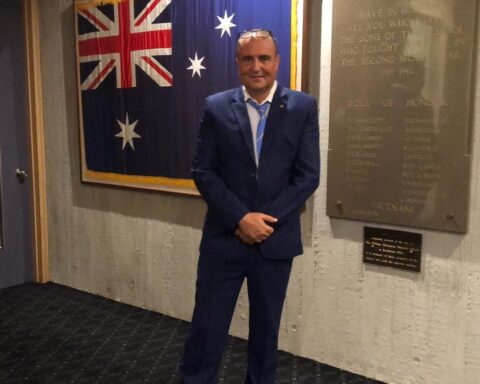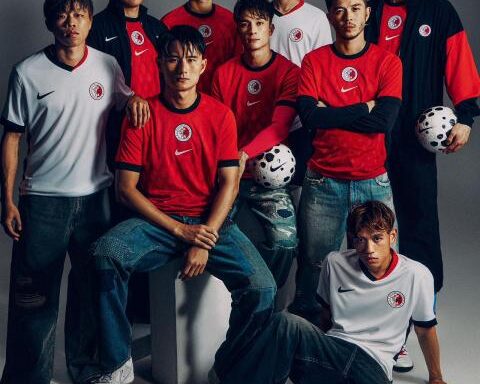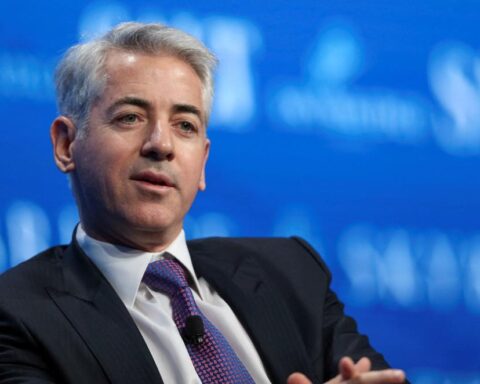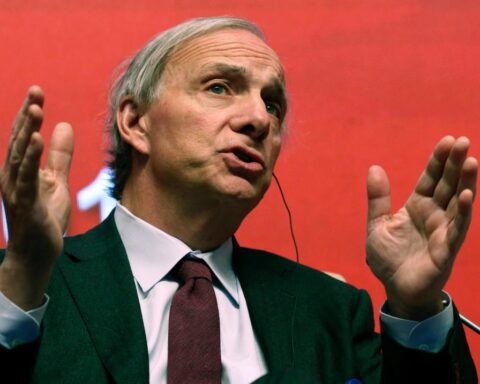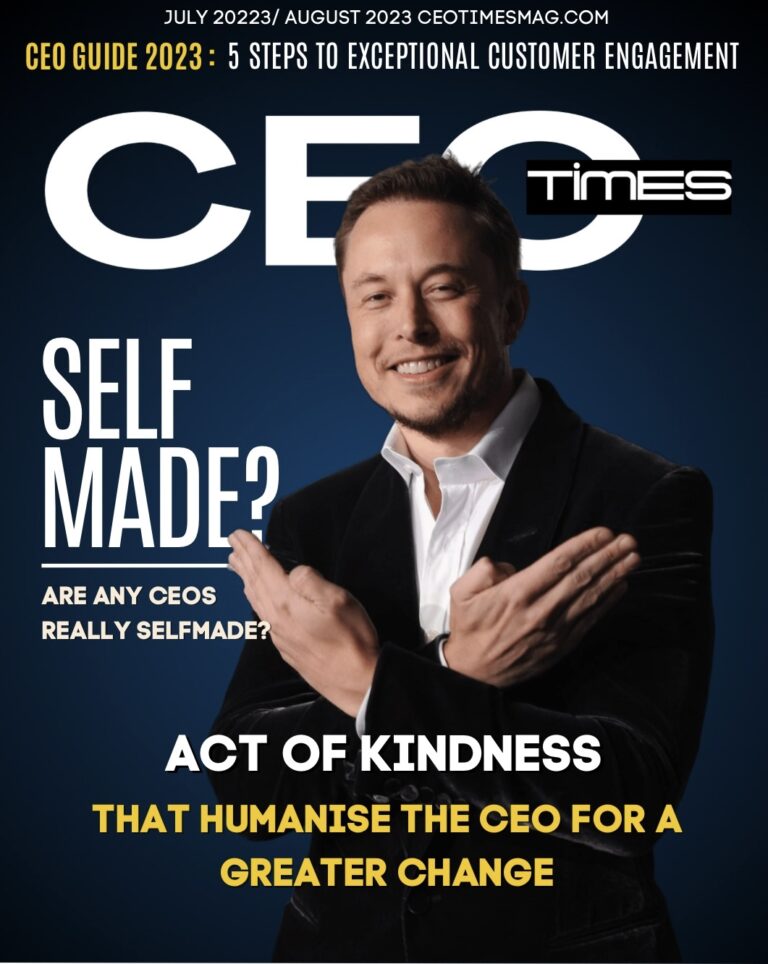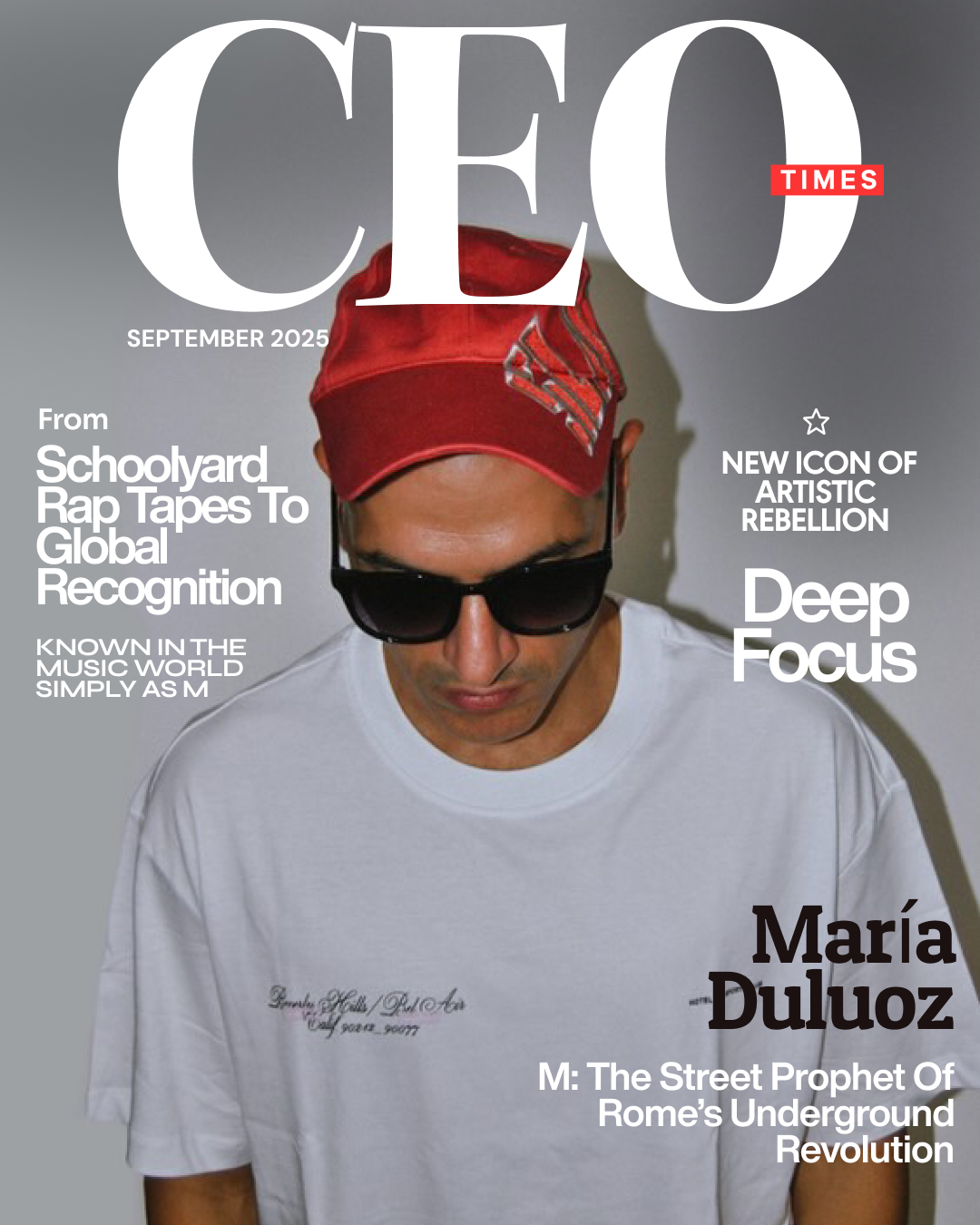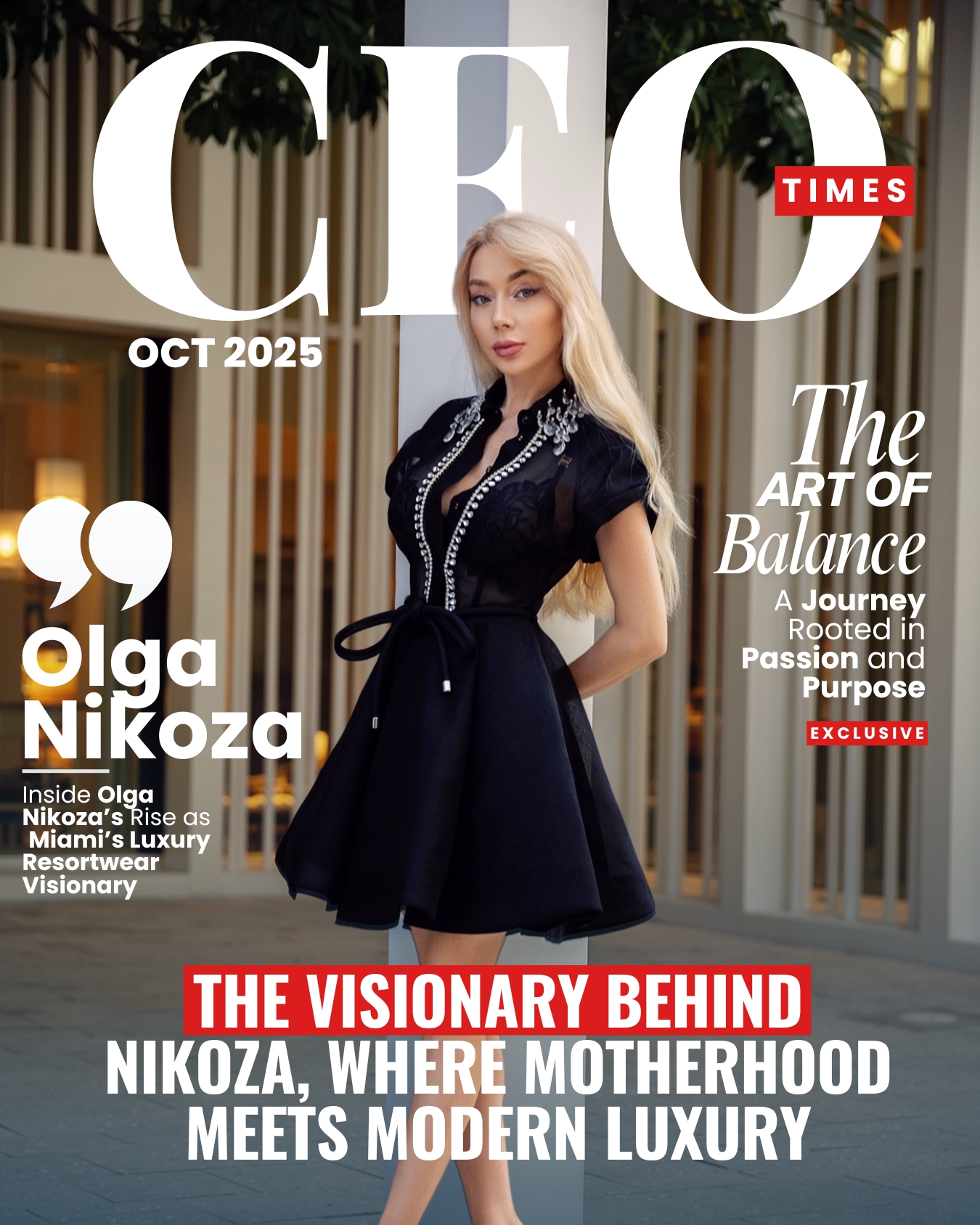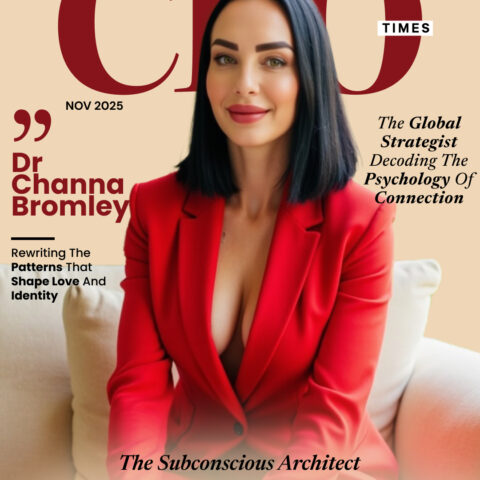In the sprawling maze of Rome’s underground music scene, where graffiti speaks louder than politics and every bar tells a story, a young prodigy was already making noise. María Duluoz — known in the music world simply as M — began crafting his legend at just twelve years old. His early road-trip-themed rap tapes, passed hand-to-hand across public schools in Rome, became local treasures — raw, unfiltered, and revolutionary.
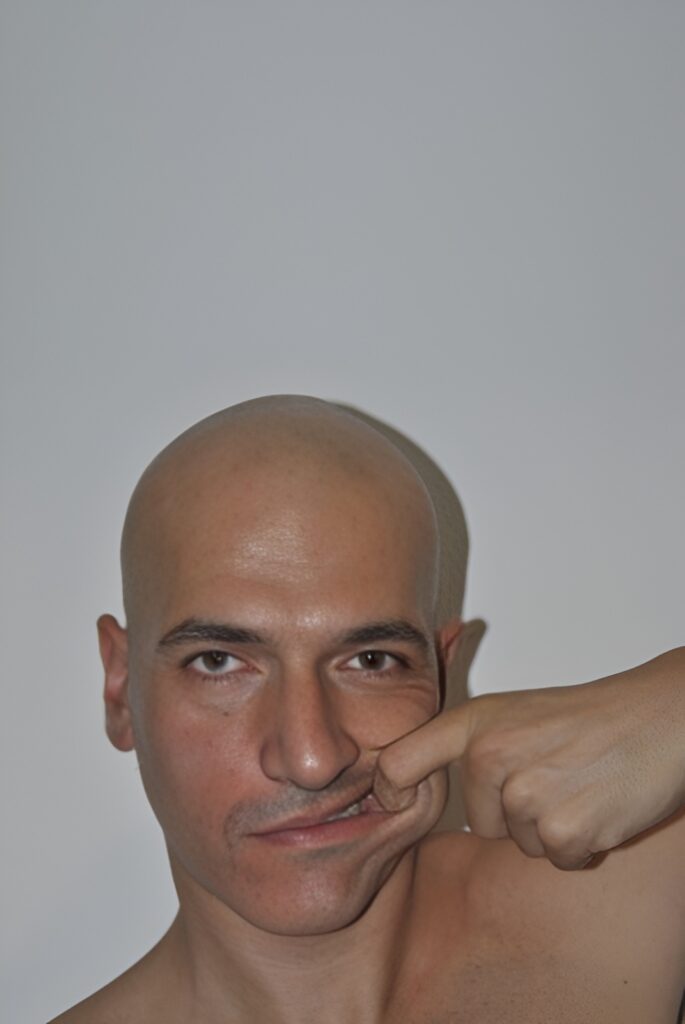
As his name spread across the capital, M became a familiar face in Rome’s most influential creative circles, performing and producing alongside figures at Corto, Pescheria, and Fanfulla. Yet what set him apart was not just his sound, but his vision — a desire to bridge continents and cultures through rhythm
and rebellion.
The Birth of a Movement
Together with Kvthrvt — a name well-known in the Jgrxxn/Schema/GBC/Lil Peep scene — M co-founded Schemaposse b-team, an underground rap collective that championed diversity and self-expression. The group, later rebranded as The Fallen Goth (TFG), left an indelible mark on the global underground, inspiring a generation that refused to fit into mainstream molds.
Although internal disputes eventually led to the group’s disbandment, its influence only grew stronger. Many original members later reunited under AZ’s Desert of The Sixxx, then evolved into D3dboyz, a collective now based between California and Europe — still under M’s creative direction.
From the cobblestoned streets of Rome to the studios of Los Angeles, M had officially gone transcontinental.
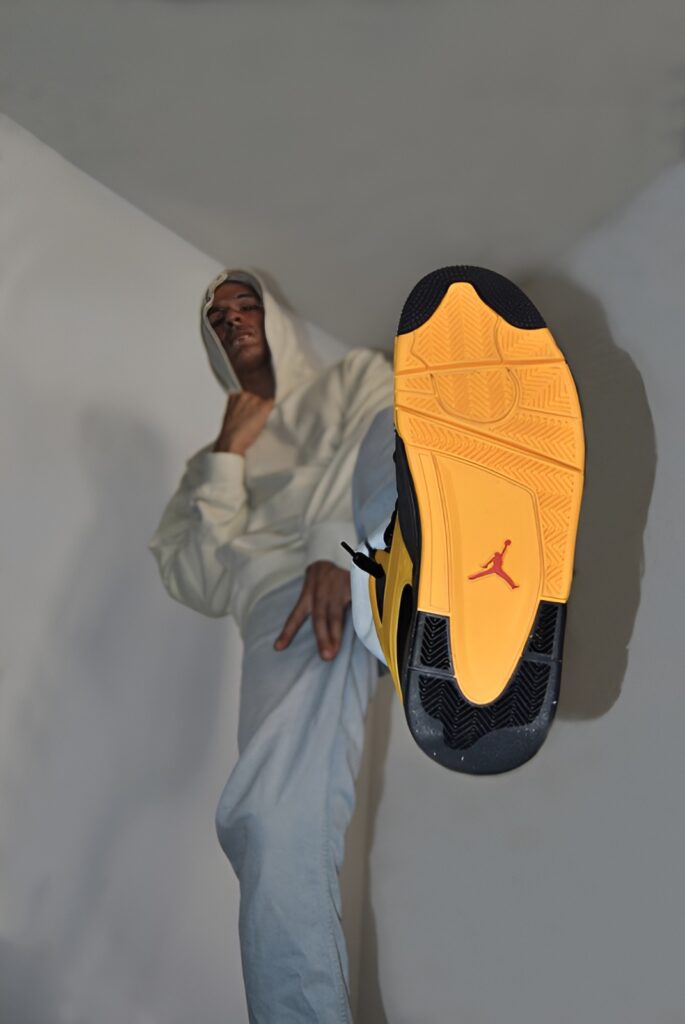
Seven Weeks to Stardom
Without a label or corporate machine, M’s independent album “Seven Weeks” — primarily produced by Did Rich(known for his work with Lil Baby) — became a defining moment for the underground. Within months of release, it surpassed 700,000 Spotify streams, later reaching over one million within a year.
Each single that followed became an instant hit on SoundCloud and other independent platforms, solidifying M’s position as a phenomenon — one who doesn’t just rap about the streets, but lives within their pulse.
His artistry soon caught the attention of industry giants like Death Row Records, Snoop Dogg, Ice Cube, Kendrick Lamar, Eminem, and Jurassic 5, alongside figures from the Billboard Top 100. Not bad for an artist who hasn’t yet dropped his first official studio album.
Cultural Impact Beyond Music
Beyond beats and lyrics, M’s influence extends to visual art. His merchandise — graffiti and sticker art — became cultural emblems, purchased and referenced by major news outlets. These designs, once scattered across walls and subways, evolved into bestsellers and symbols of rebellion.
In an unexpected twist, one of M’s sticker designs appeared in an investigative feature about the mafia and secret societies, which went on to win its journalist the Prestigious Premio Giustolisi Award (2018). It was a surreal crossover moment — where underground art, journalism, and societal critique collided.
The Street-Cult Visionary
Today, M stands as a street-cult figure — a self-made symbol of independence, resilience, and creative defiance. His following spans continents, his art fuels conversations, and his legacy is already being written in whispers and headlines alike.
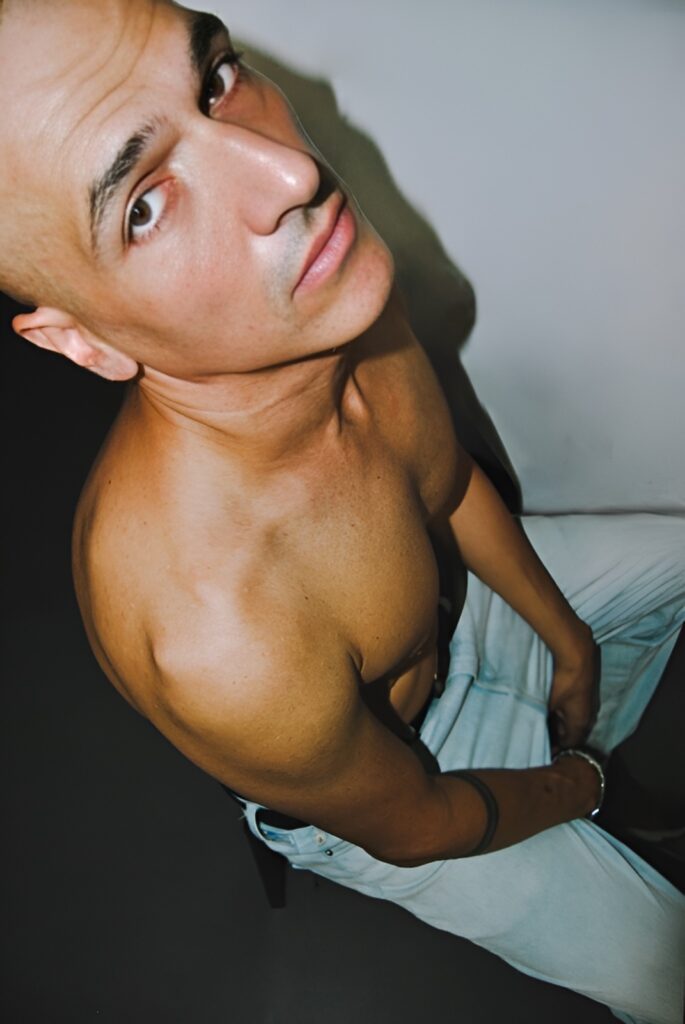
And perhaps what makes M’s story so magnetic is this: his rise is far from over. With his first studio album on the horizon and a growing global fanbase, M is not just creating music — he’s rewriting the codes of underground culture.
Follow the movement: @sokagakkaiworld

